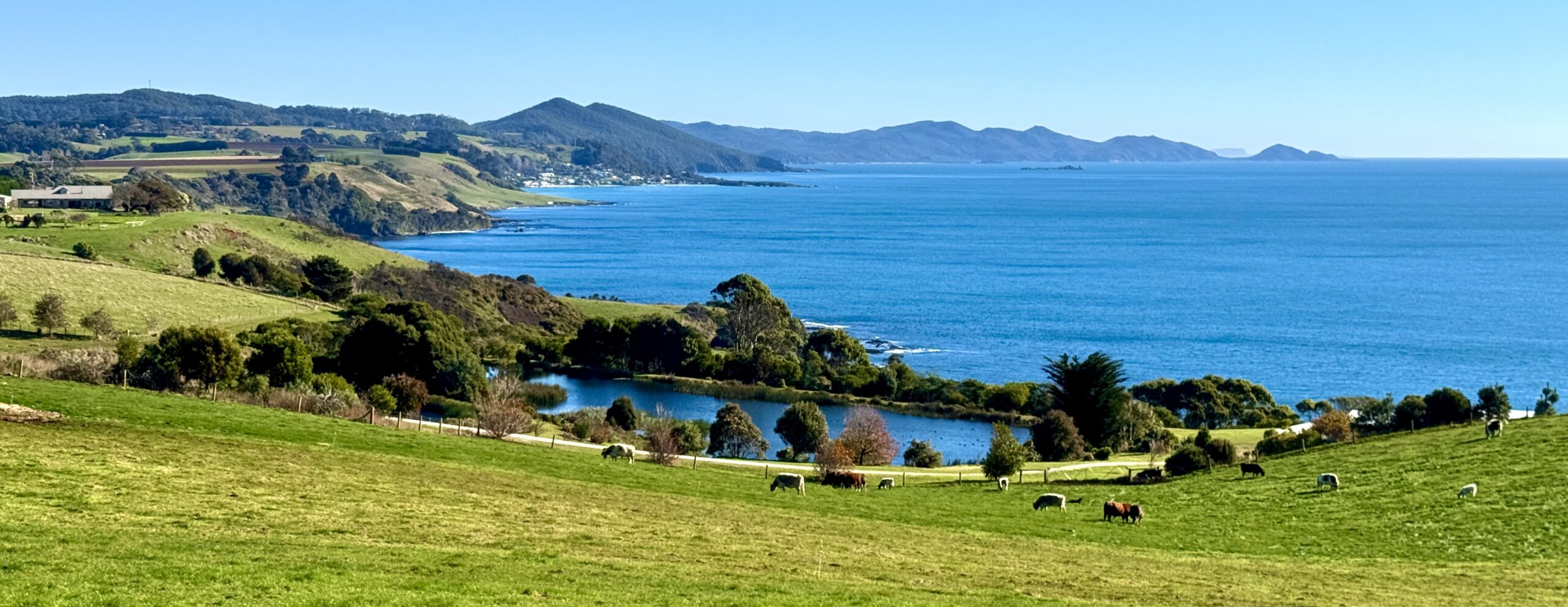
Emerging from the Tarkine wilderness it was something of a shock to land in Stanley, a quaint seaside village in the shadow of a massive round headland, but there was something missing…people! Despite all the beautifully maintained victorian cottages and well kept gardens there was no sign of life. It reminded me of the Scottish village in my favourite film Local Hero, except I couldn’t find Gordon (the publican / accountant / overly attentive husband) and half expected Marina (the beautiful mermaid with webbed feet) to emerge from the sea. But no such luck, after driving around the town and surrounding countryside, including Highfield Point, in search of the elusive Highfield Point lighthouse I eventually found life (or close enough to it) in the local grocery store were I enquired about the whereabouts of said lighthouse. The young lady drew a blank and asked the older lady and, despite both having living in Stanley all their lives, neither had any idea there was a local lighthouse. I eventually found it, relocated in a park by the harbour. Sadly it also served as a memorial to a local fisherman who lost his life when he went to the aid of a lone rower trying to cross Bass Strait. The rower survived but the would be rescuer didn’t, how sad and ironic.
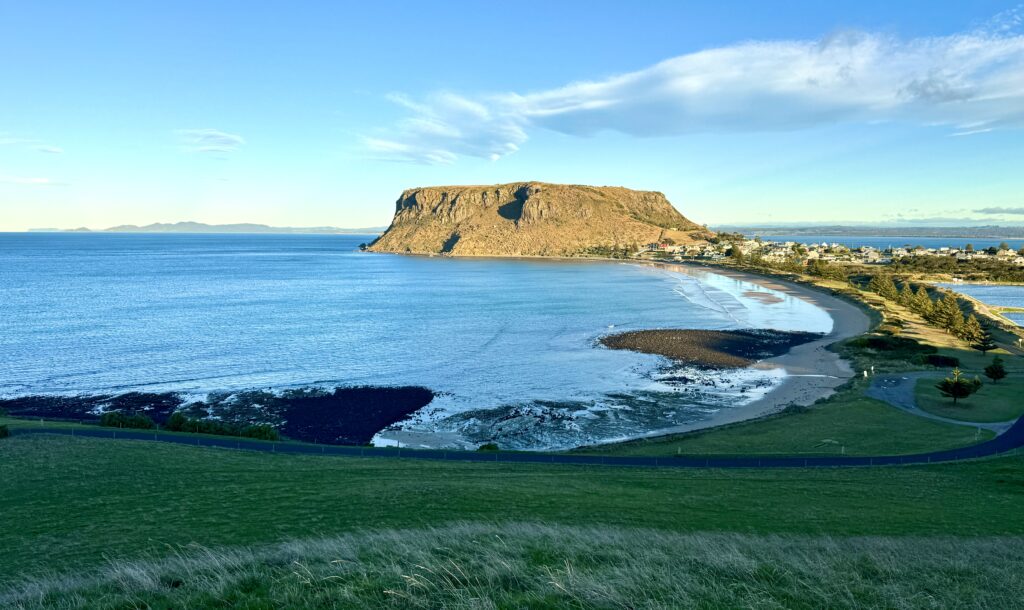
similar to the one at Table Cape

Very Local Hero!
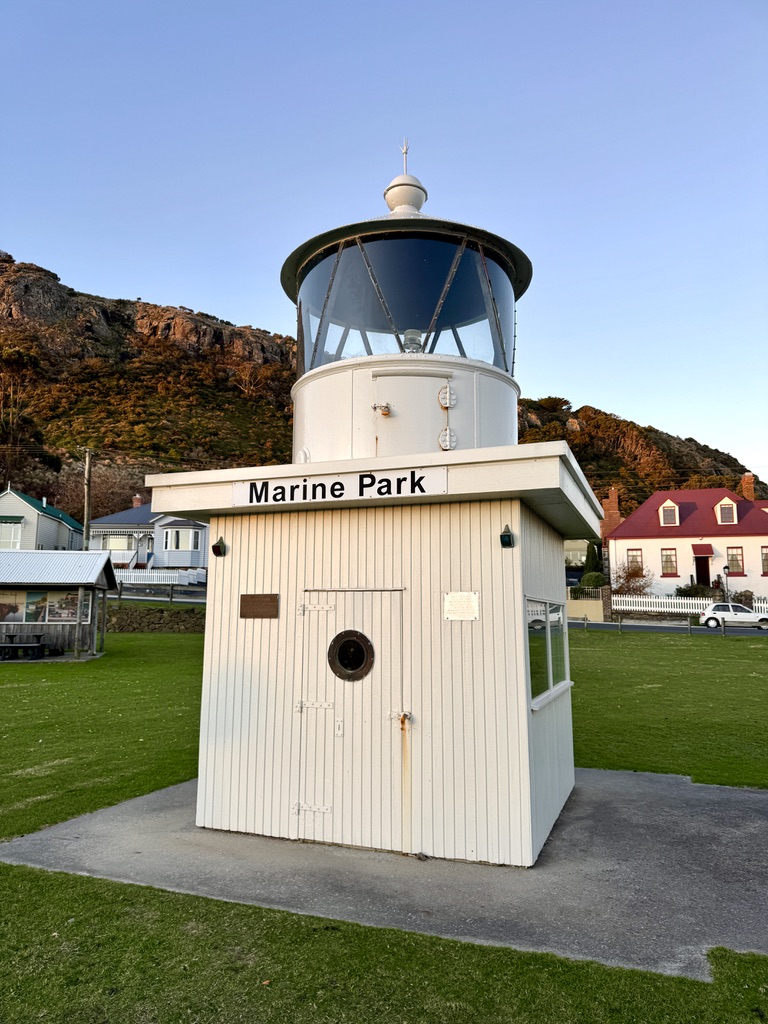

The next day, still with little sign of life in Stanley, I left and headed east passing though the unusually named town of Hellyer on the way to my next lighthouse at Rocky Cape, which I found to be a fairly utilitarian structure at the end of a long deserted headland. This setting was out of character for the north coast which is generally much more manicured than the rest of Tasmania, with a mix of rolling farmland and smaller seaside villages, all very twee and English as the town names like Forth, Sheffield, and Abbotsham suggest.
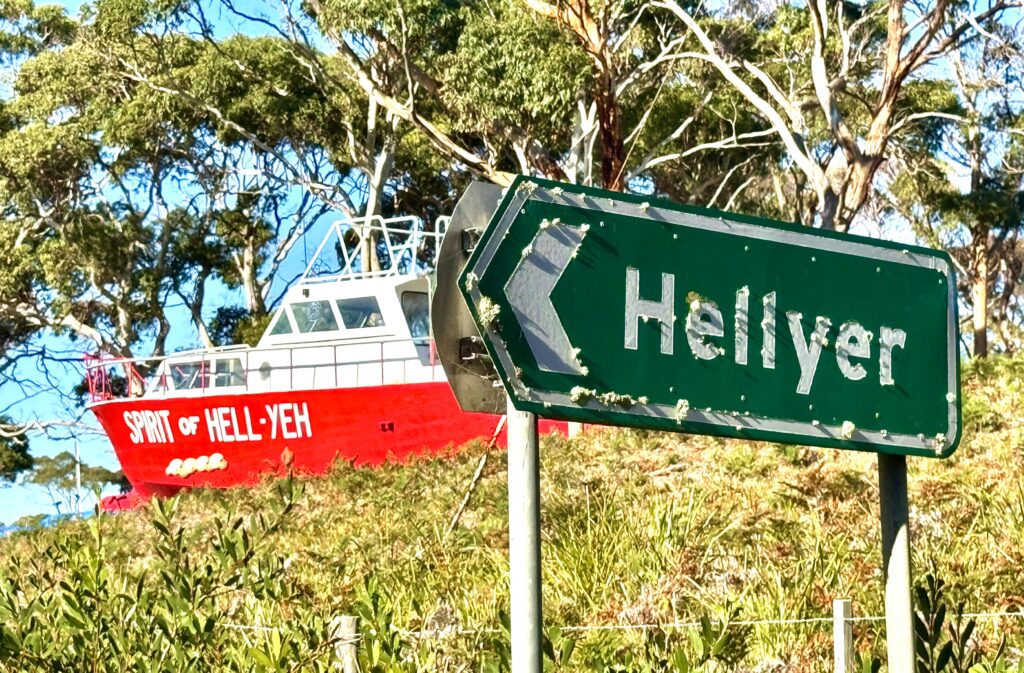

Acting on instinct I took a detour to visit Boat Harbour which despite it’s rather mundane name was like a breath of fresh air, looking more like it could be on the north coast of NSW complete with a beautiful beach, promising point break and spectacular hinterland but strangely with no obvious harbour or town centre.
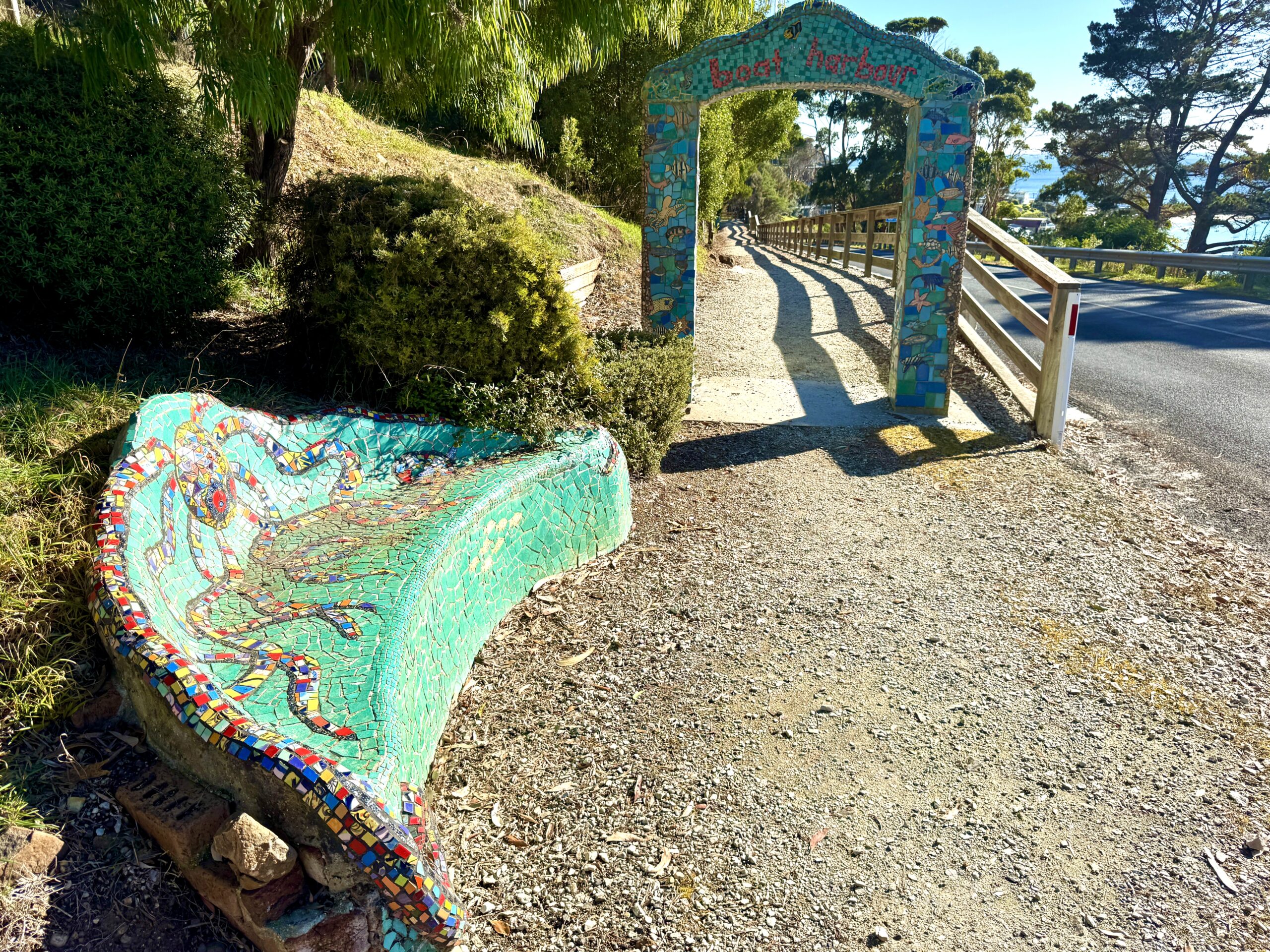

Without realising it at the time this detour also happened to be the scenic route to my next port of call, the impressive Table Cape with it’s equally impressive lighthouse. As it’s name would suggest it’s a surprisingly large headland with a flat top and sheer cliffs on three sides, a smaller version of it’s Cape Town namesake. Both the landscape and the lighthouse were a pleasant surprise as was the adjacent town of Wynyard, a name which I’d previously only associated with a train station in Sydney. I hadn’t planned to stay there but after checking it out changed my mind and decided stay and go back up Table Cape to witness the sunset which turned out to be a good call, the coast and surrounding farmland looking surreal in the fading light. Once again I was alone and left to enjoy the peace and spectacle by myself.
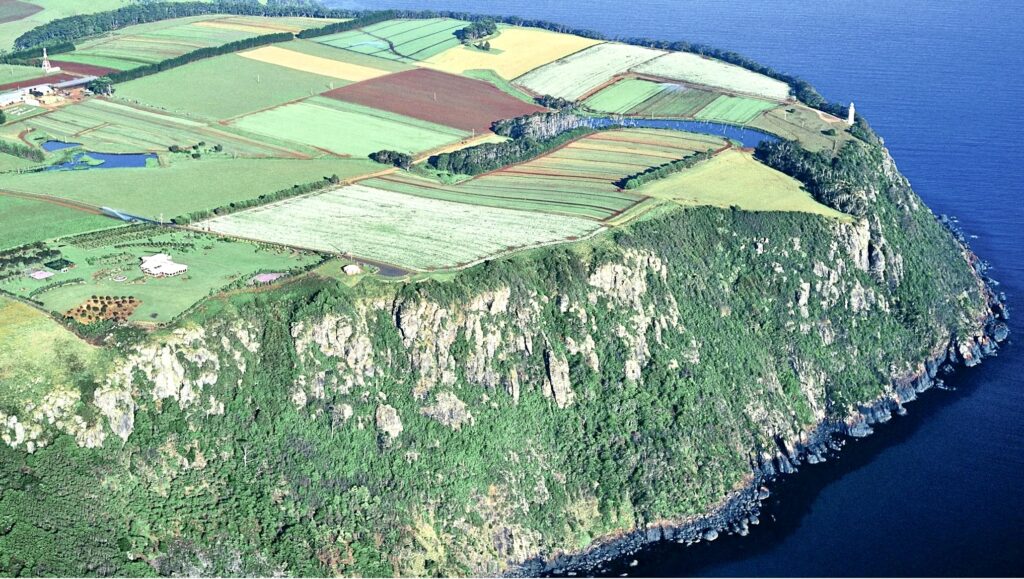
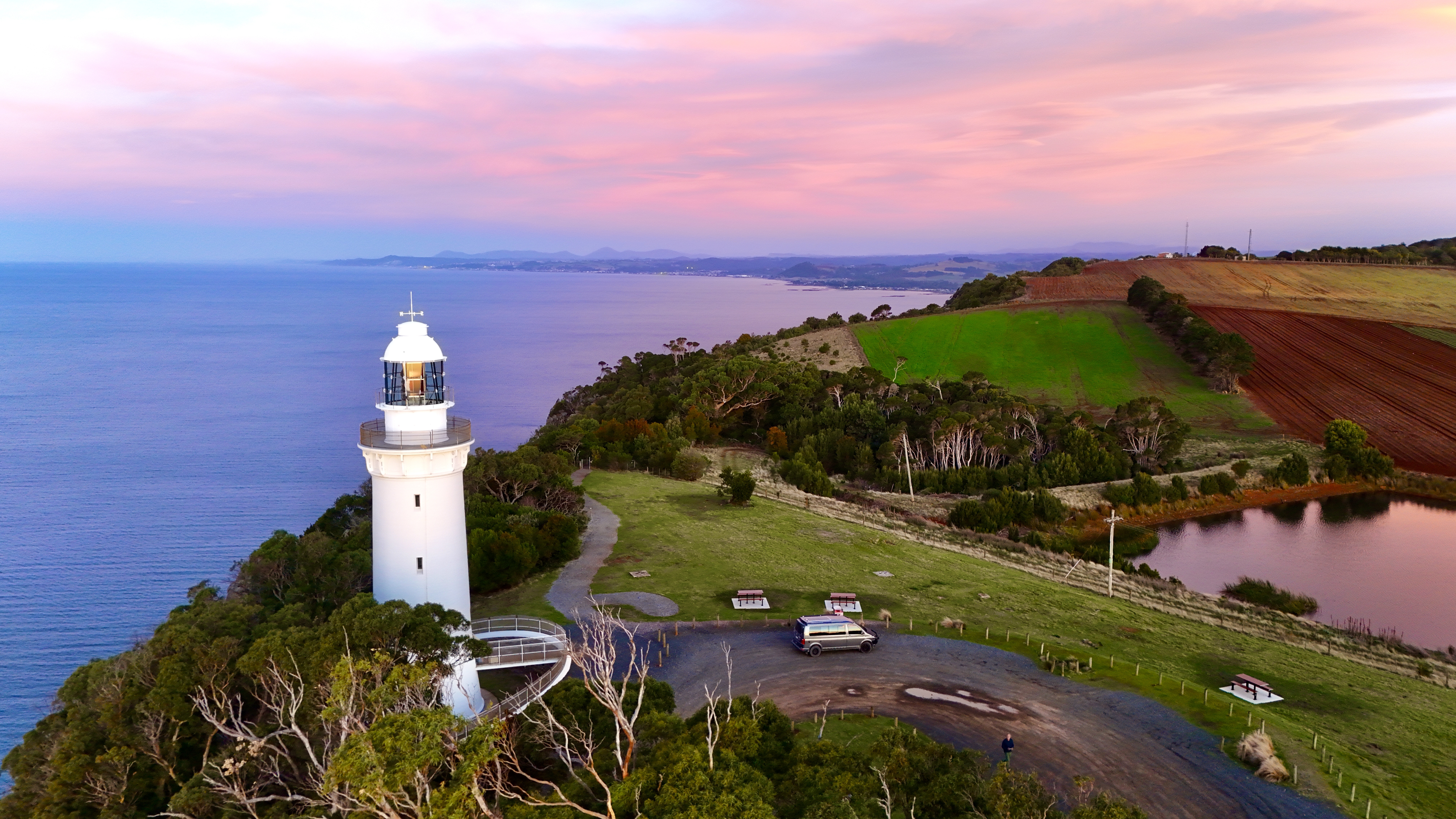
After an excellent meal of local scallops Max and I settled in for the night down by the dock. Awaking the next morning I was alarmed to see that the harbour that had been there the night before had disappeared to be replaced by a small creek surrounded by mud flats and the trawlers that had been happily bobbing beside me last night were now hard aground on the mud. The tides obviously play an important role in the rhythm of life in these parts!
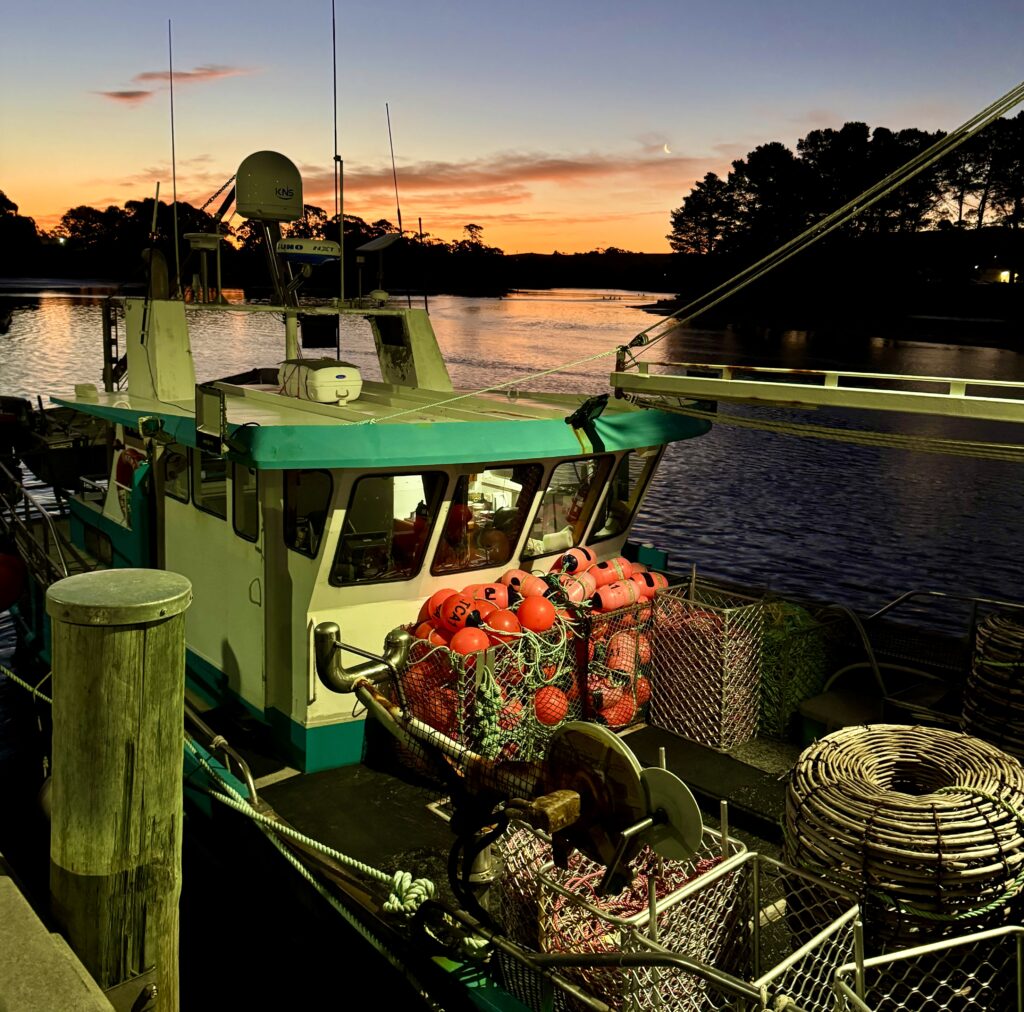
the night before it disappeared
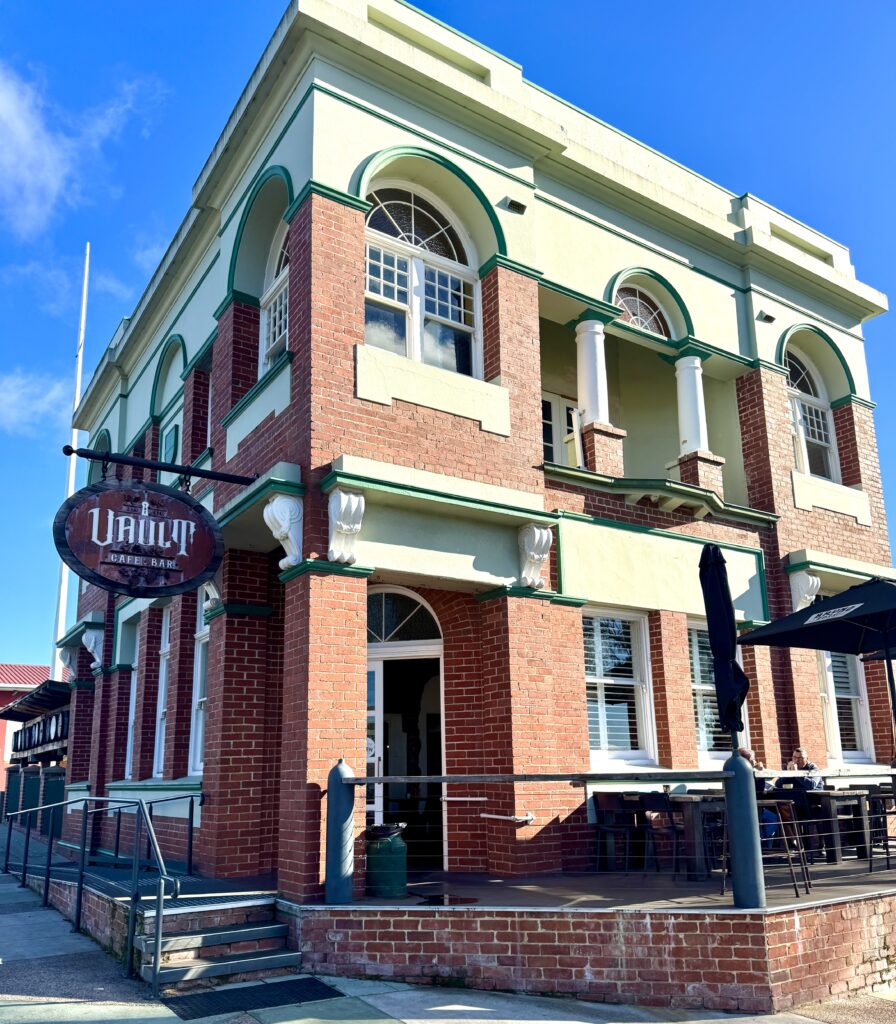
Another pleasant surprise was the nearby Vault Cafe in an old repurposed bank building, apart from great coffee and scrambled eggs this cafe has the best bathroom I’ve ever been in. They’ve converted the old strong room into a very cool, stylistically and temperature wise, post industrial bathroom right down to the penny tiles on the floor. I ended up staying there, at the cafe not in the bathroom, all morning completing my last blog, drinking too much coffee and making repeated visits to the smallest room.


very clever and effective!

In chatting to the owner I was surprised to learn that the Burnie airport is actually located in Wynyard and when I explained what I was doing and lamented the fact it was so ridiculously expensive to get to King Island she said that if I went to the airport and spoke to Sharp Airlines I might be able to get standby fare for ~$ 200, a far cry from the $ 850 each way fare quoted online. I’d previously given up on the idea of going to King Island to see the Cape Wickham lighthouse based on the fact it would cost at least $ 2k by the time I factored in airfares, car rental and overnight accommodation but this news gave me new hope. Armed with this information I headed out to the airport only to find it deserted except for the lady in the cafeteria who turned out to be very helpful and coincidentally who’s daughter worked for Sharp Airlines. She kindly offered to call her and I spoke with her only to discover that they can’t issue tickets at the airport and all sales have to go through their call centre in Launceston or online. As you might guess the ensuing conversation with the call centre went nowhere and I was referred back to the website and $1,700 round trip fare. Illogically the fare to King Island is the same if you fly from Wynyard (~150km), Melbourne (~300km) or Sydney (~900km). Unfortunately Cape Wickham will have to wait for another day.
Next on my lighthouse list was Round Hill on the outskirts of Burnie but before I got there I had to pass through a town, which is now virtually a suburb of Burnie with the intriguing name of Cooee. This had to be a photo op but the only reference I could find was a sign for the local primary school, which as the photo below shows has the unfortunate luck to be on the corner of Fidler St. (how very Tasmanian)!
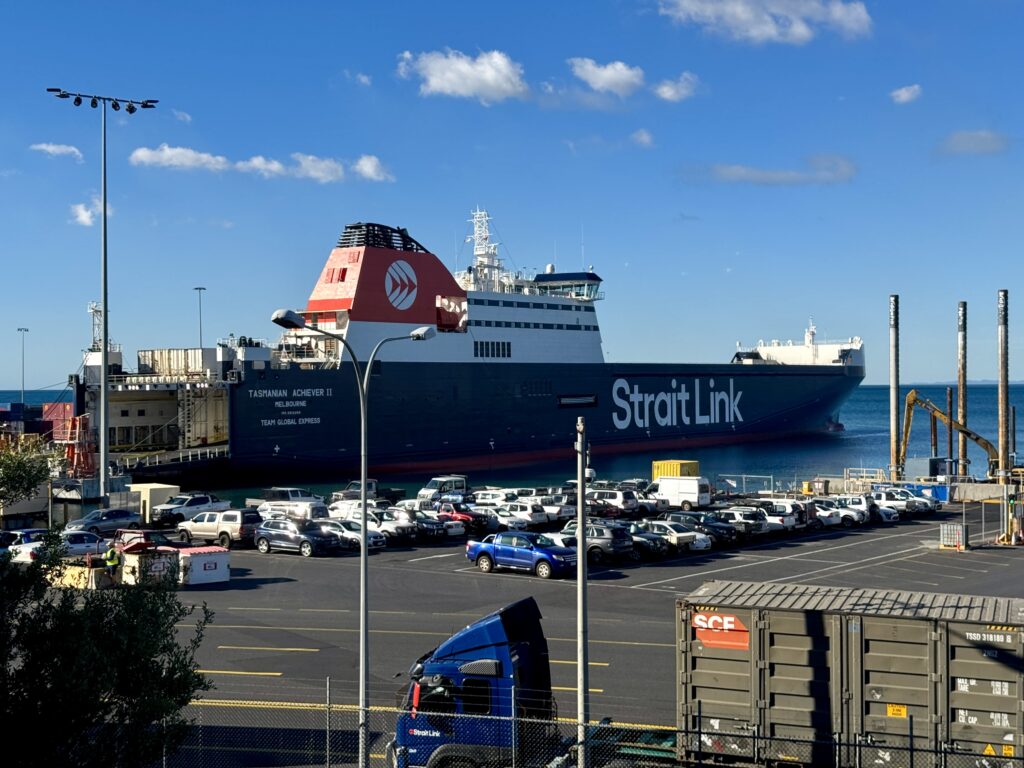

The less said about Burnie the better, it’s Tasmania’s main port and rail head and as it happened Captain Lloyd’s ship was in port but he’s currently in dock himself recovering from a recent health issue. The Round Hill light was as unimpressive as I expected and it was on to a place I had heard about but had to see with my own eye’s, a place called Penguin.
Sure enough there it was replete with an oversized fibreglass penguins in the main street and due to a planning masterstroke an active railway line right through the middle of town. This all made sense when I realised that this part of Tasmania is a real World Thomas the Tank Engine simulation, to the extent that as the train went past I half expected it to be accosted by the Fat Controller or for the engine to smile at me and say Good Morning!

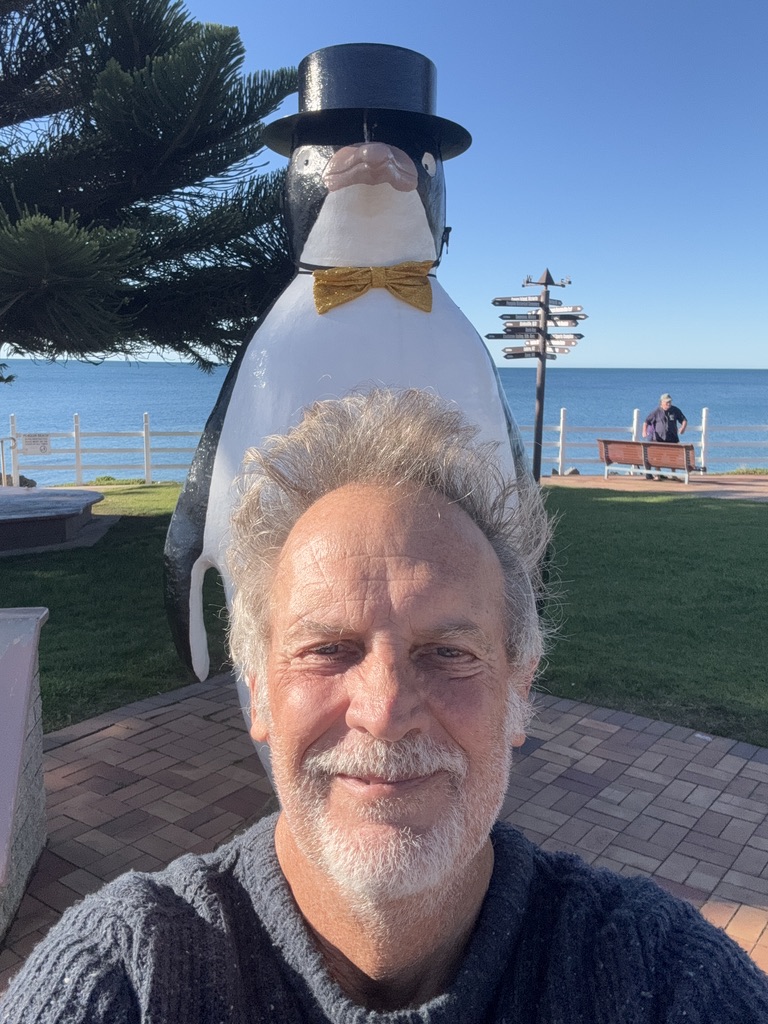
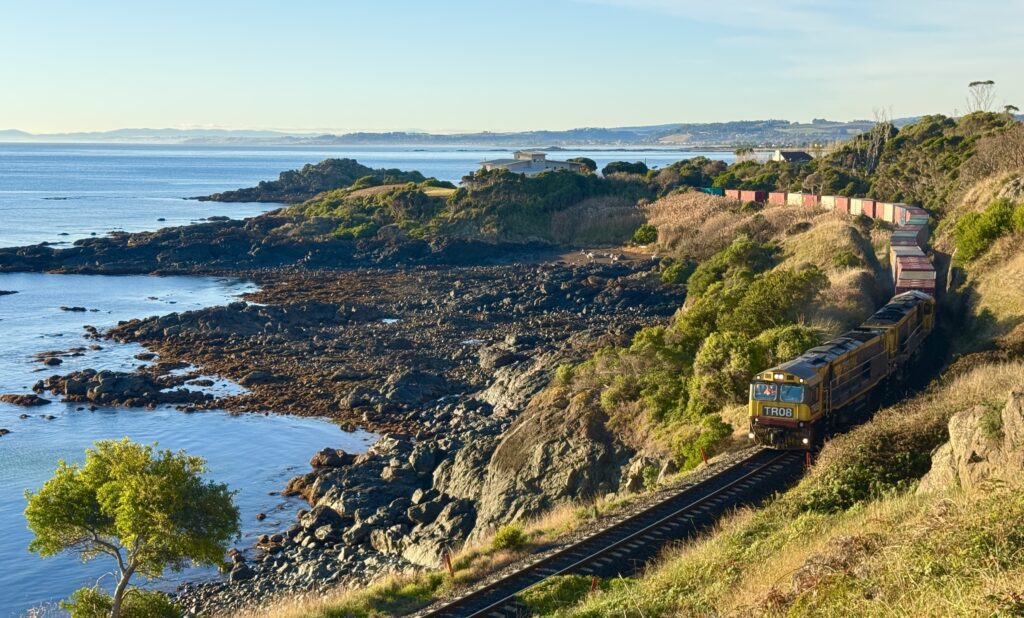

Having completed my Tasmanian assignment I went online to change my booking on the Spirit of Tasmania only to learn that the next three sailings were all booked out and the earliest available was the following Tuesday, and for this inconvenience I’d be charged with a hefty rebooking fee. Being off-season and knowing the ferry I came over on was only half full I thought there must be a better option so I called the centre treatment and got the usual response, the best availability and fare was on the website and if I wanted to make the booking “in person” there would be an additional $ 50 service fee (in this case for no service at all). With my tail firmly between my legs I went back on line and sucked it up.
What to do with three unintended days in Tassie, the obvious answer seemed to be to head for the hills, or mountains as it turned out. Notwithstanding the fact there are no known lighthouses in the central Tasmanian wilderness there were several factors leading me this way, the weather forecast was great, the crowds were non existent and I needed to prepare for some high altitude hiking in Peru!
So onward and upward I progressed, once again surprised at how short the distances were and even more amazed at how suddenly I was confronted with what looked like a huge granite wall in front of me. Wondering how Max and I would negotiate such a massive hurdle with the help of Dr Google we found a way up and over and in a little over an hour arrived at Cradle Mountain. I’d been here with my family 12 years ago in summer and apart from the temperature and lack of crowds a few other things had changed. You now had to catch a shuttle bus from the Visitor Centre to the base of the mountains up to the trail heads which added complexity and time to my plans for the day. Without wanting to retrace what I did 12 years ago I decided I wanted to climb to the top of the mountain but when I checked with the rangers I was disappointed to learn that it would be too late to try and summit as it’s a 6 to 8 hour hike and the last bus out is at 4.00pm. After discussing what other options were available I decided to do the 4 hour Hansons Peak trek which took me around the eastern side of Dove Lake and then back down the face below the hanging lake where I recalled an off-piste bush bashing backside scraping adventure from last time we were here. Depending on how I went today and the weather tomorrow I’d decide if I’d get an early start and do the summit trek then. As a warm up it was brutal, 10.5km, 16,751 steps and the equivalent of climbing a 154 story building according to my phone. I was definitely feeling it but exhilarated nonetheless.
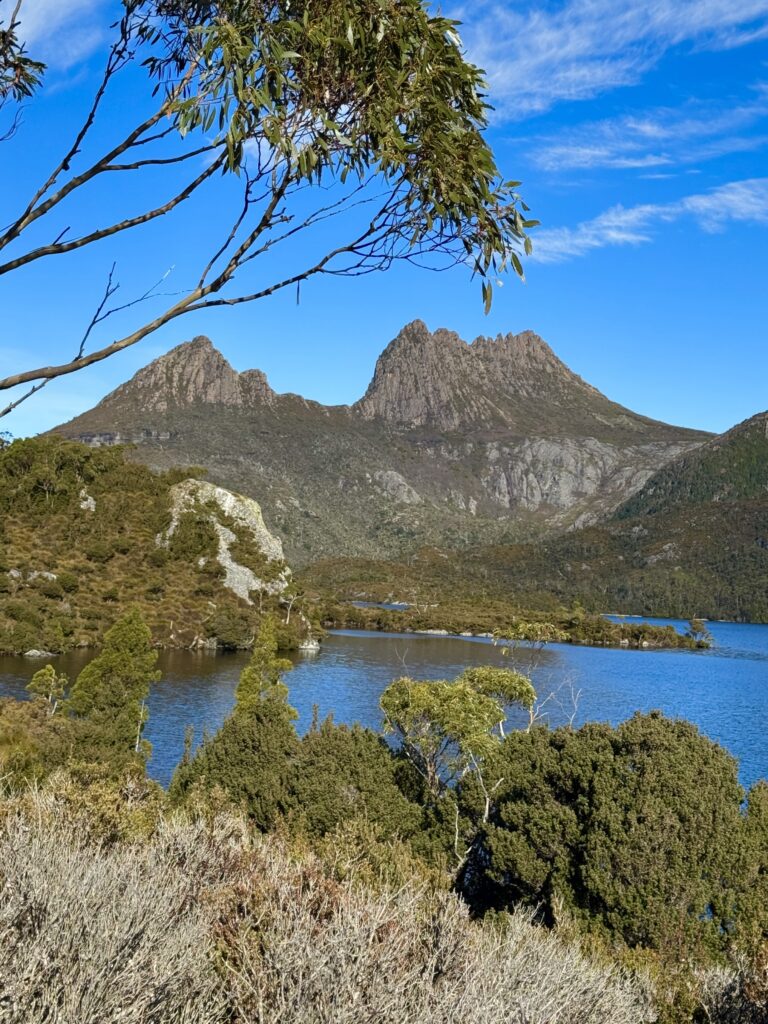
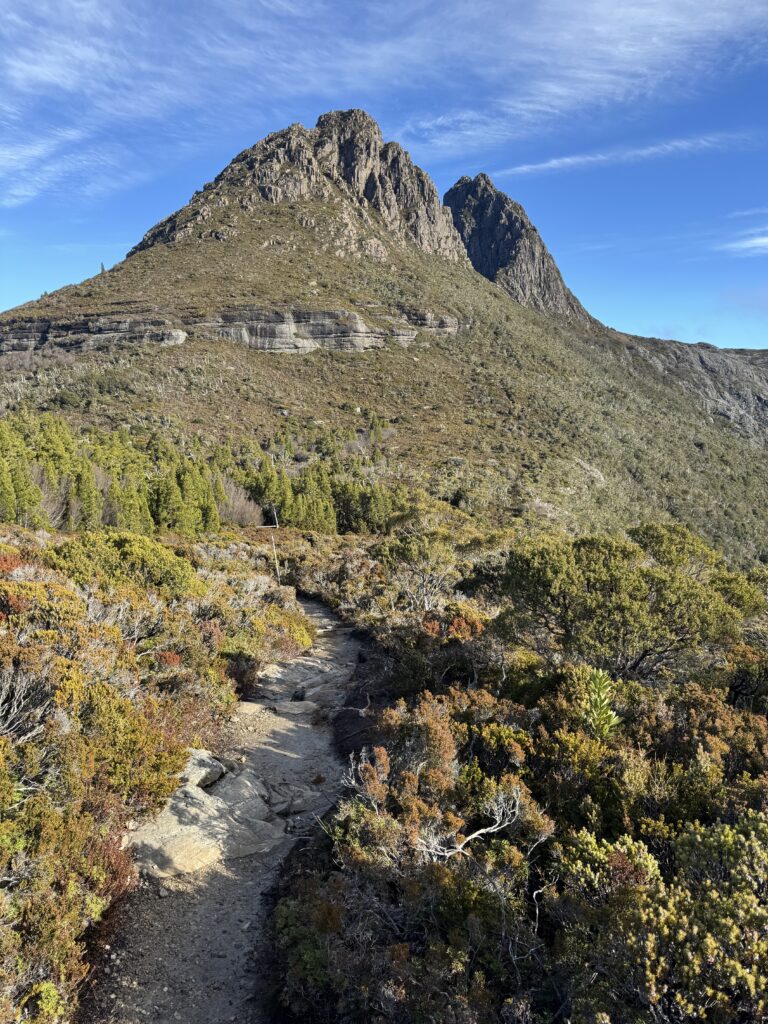

Feeling somewhat the worse for wear the new day dawned bright and sunny and I had no excuse so I caught the first shuttle and arrived at the start of the famous Overland Track. Some of the other people on the shuttle were doing this, a six or seven day trek half way across Tasmania carrying everything you need, if they can do that this should be a walk in the park for me…but it wasn’t! Without doubt this was one of the most demanding things I’ve ever done, not only physically but scrambling over the boulder the size of small cars is like negotiating a three dimensional puzzle where a misplaced step could have serious consequences, by the end of it, 16km, 22,219 steps, 198 stories I had very sore knees and a huge sense of achievement, I was completely done in. In fact when I got to the bottom and looked back at the bugger I wondered how I did it, plenty have done it before but it is definitely a challenge!



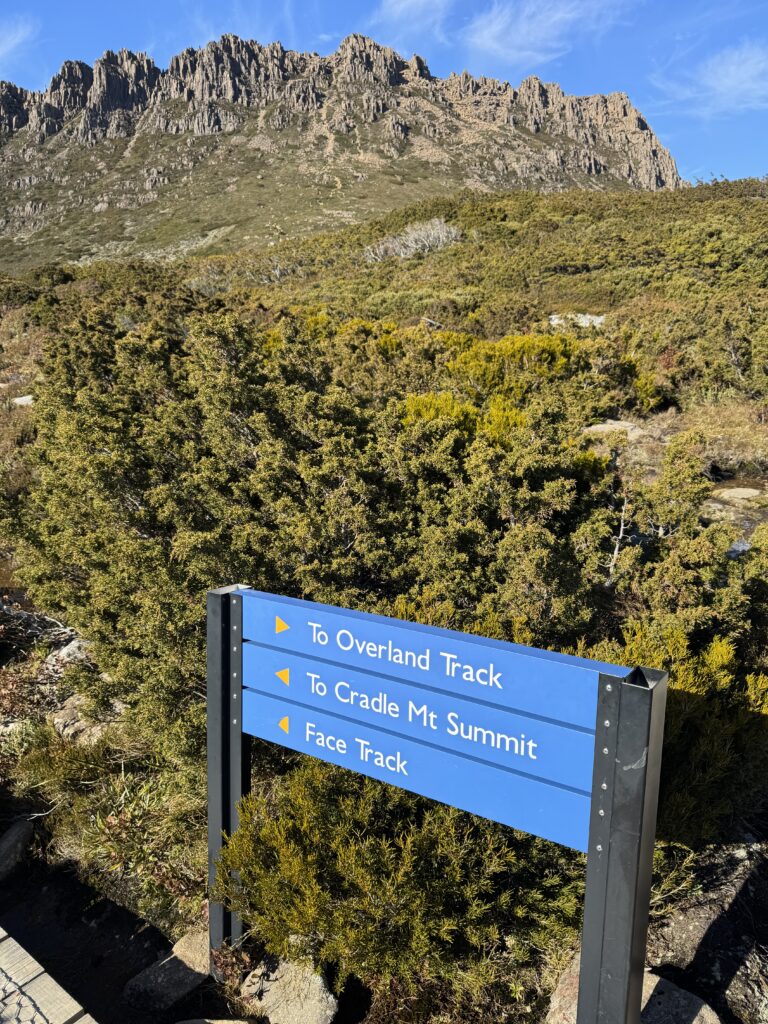
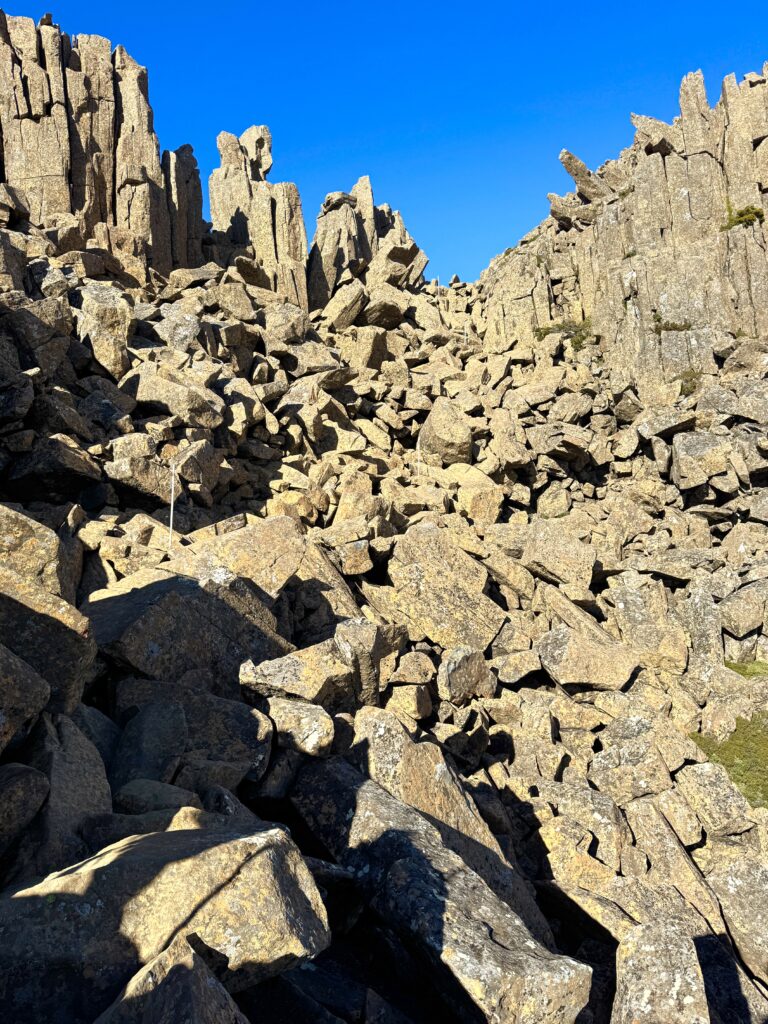
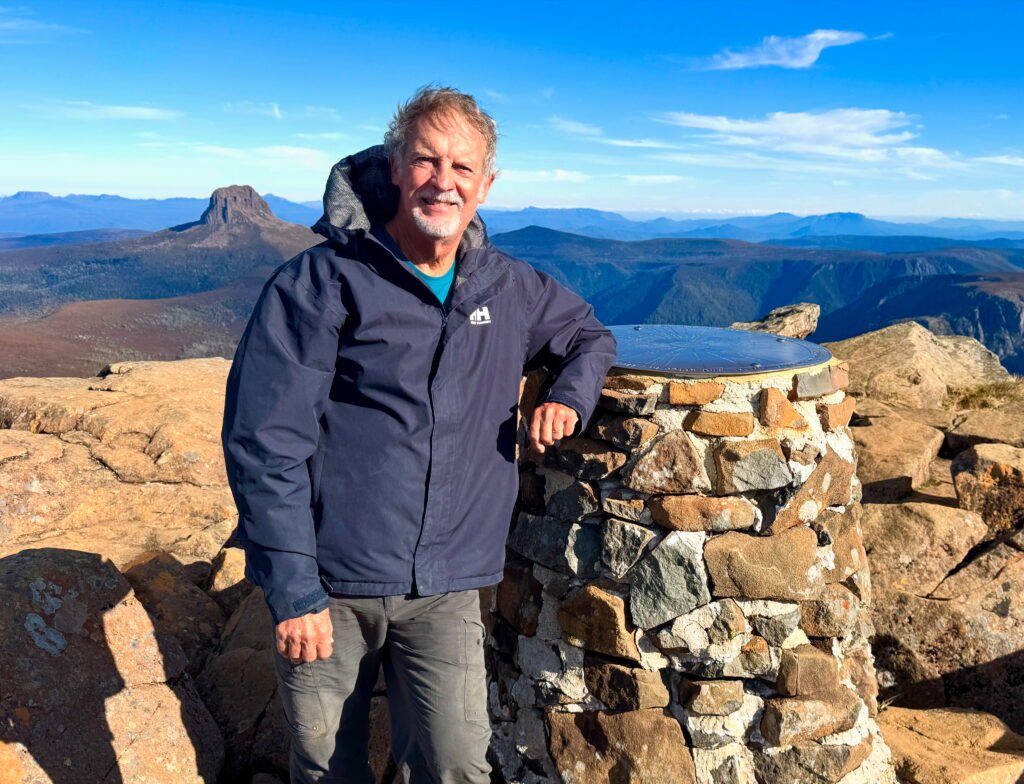


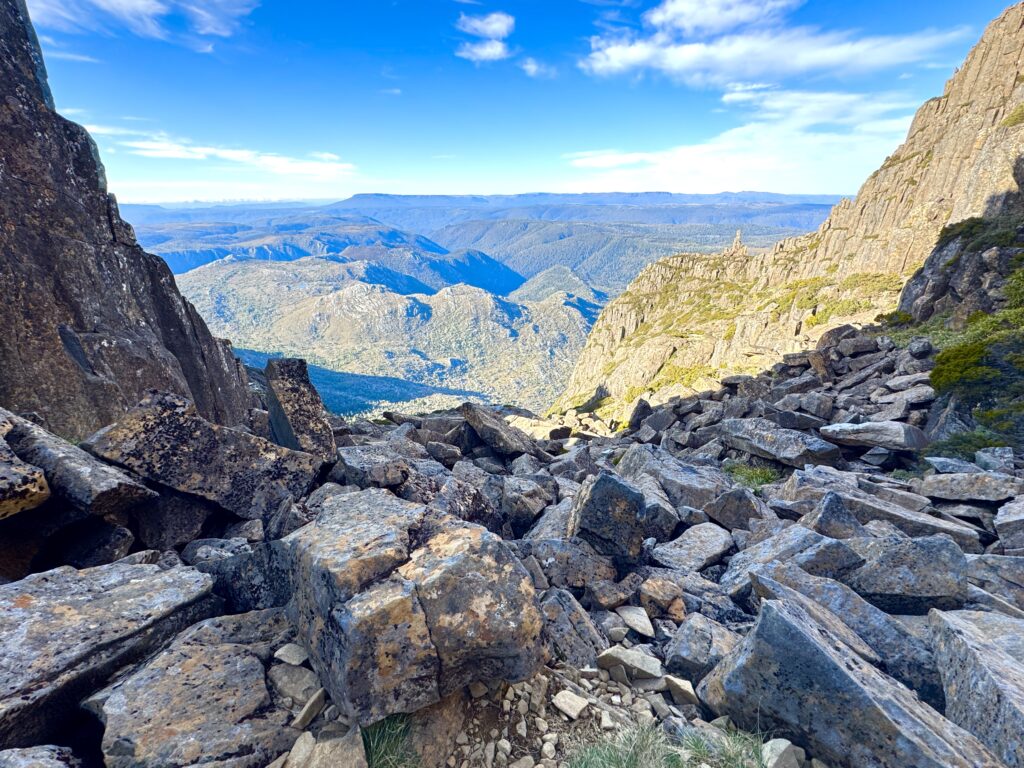

After a very early night and much needed sleep I awoke to a wet and windy day and realised again how lucky I’d been with the weather the whole month I’d been in Tasmania. I had another day to fill in and decided to stay in the high country and after perusing the map I settled on going to the evocatively named Walls of Jerusalem a two hour drive most of which was spent following the Mersey River to its source. It’s obvious when you think about it but up until then it hadn’t really occurred to me that you can dam a river and generate hydro electricity multiple times and this is what they’ve done on the Mersey. I passed 3 or 4 dams on my way upstream and even though I have my doubts about some forms of renewable energy hydro is not one of them. It just makes good sense to let the weight of water and gravity do the heavy lifting. After a couple of hours along a muddy dirt track I got to the end of the road. The reality didn’t live up to the name and the Walls of Jerusalem turned out to be not much more than a sign, a dunny and a track leading off into the bush. I’m not sure what I was expecting but with a name like that you expect something more.
Feeling somewhat deflated I headed back down the mountain and with time to kill thought I’d have a look at something I’d seen on the way up, a small sign on a side road had said it led to Devil’s Gullet lookout. After the disappointment of Jerusalem I was not expecting much at the Devil’s Gullet but I was wrong, this is one of the most spectacular sights I’d seen anywhere, comparable to a smaller version of the grand canyon but in a very harsh, black basalt kind of way, this wasn’t gently eroded by a river over millions of years this was blasted out of the centre of the earth! I don’t know why it’s not better known but it outstanding and there’s even a little skywalk platform cantilevered over the edge that allows you to look over the edge of a of a vertigo inducing 300m sheer drop. This is what I was expecting at the Walls of Jerusalem and pleased I found it in an unexpected place.
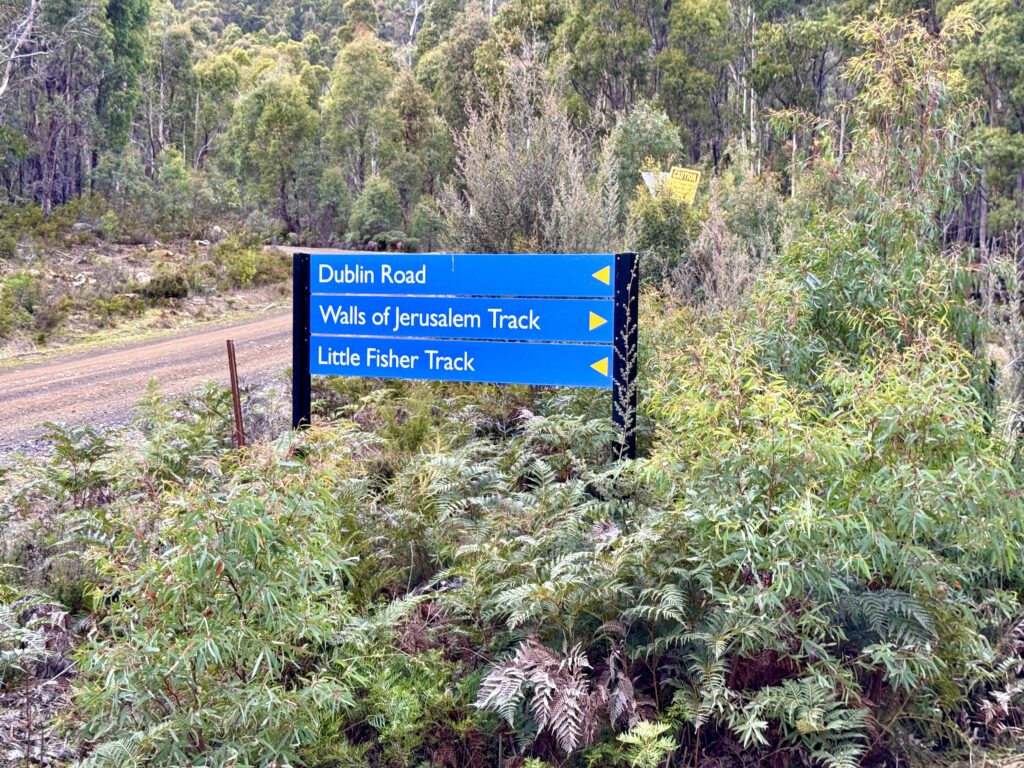
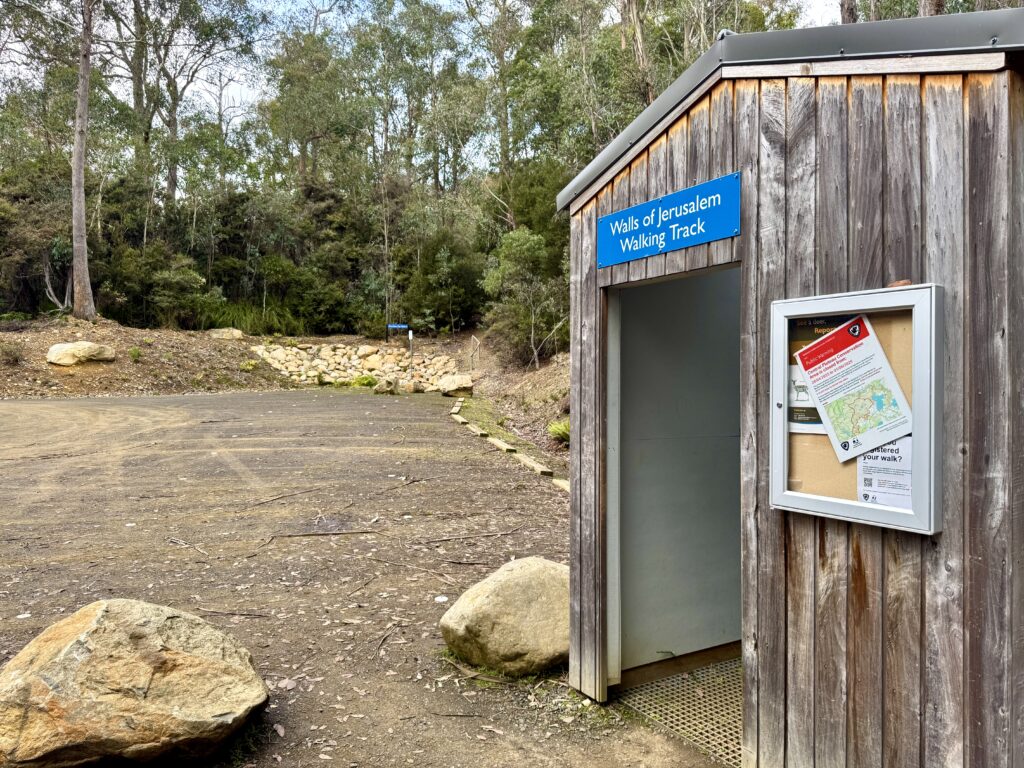
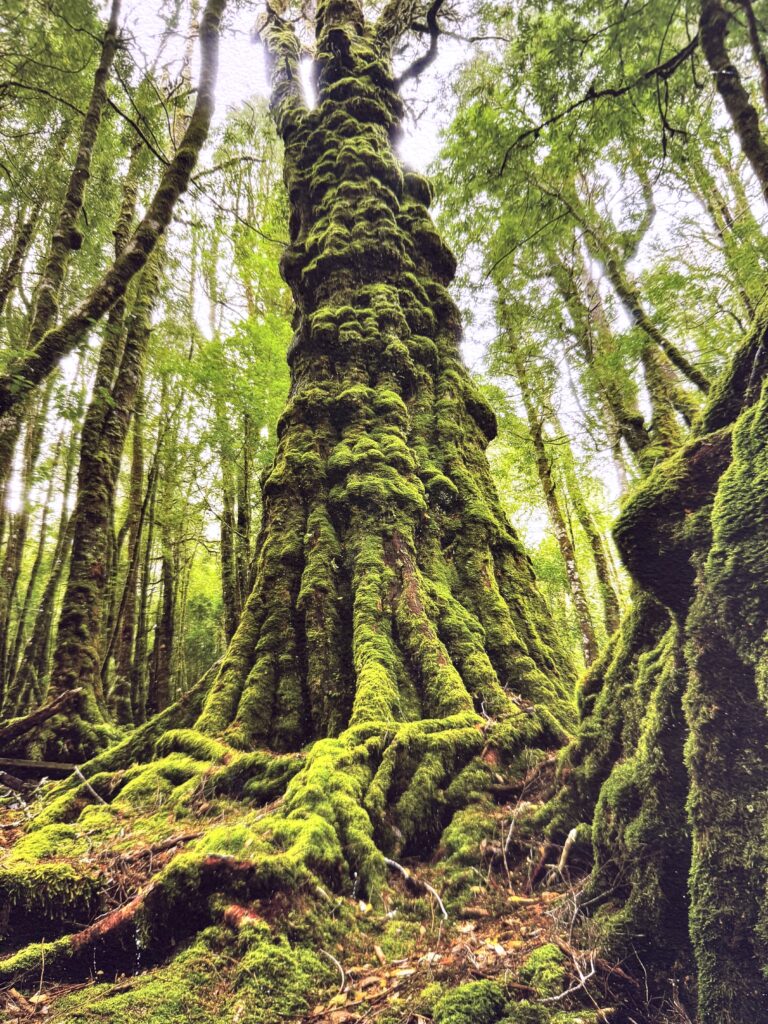

Descending the mountains and heading into my last day in Tasmania I decided to head back to Penguin as there was still about 30km of coast between there and Devonport that I hadn’t seen and in the interests of diligently completing my circumnavigation I needed to fill in this gap – hence the Squaring the Circle title of this blog.
So a return to Penguin it was, and after heavy rain overnight I was surprised to wake to a bright shiny new last day. Camped by the beach with the roof up and the doors open it was a very pleasant almost warm way to enjoy my last day and a chance to write this blog.
The only town of any significance between Penguin and Devonport is Ulverstone, a fairly nondescript place which got me thinking about Glenn Campbell for some reason??? Oh…that’s right!
Then with the sun setting as I approached Devonport there was just one thing left to do. And so it ends where it began 28 days ago, at Mersey Bluff lighthouse.
Then it was back into the belly of the beast to cross Bass Strait in the night and complete this, the second stage of my adventure. I’m sorry to be leaving and not sure if I’ll ever be back.
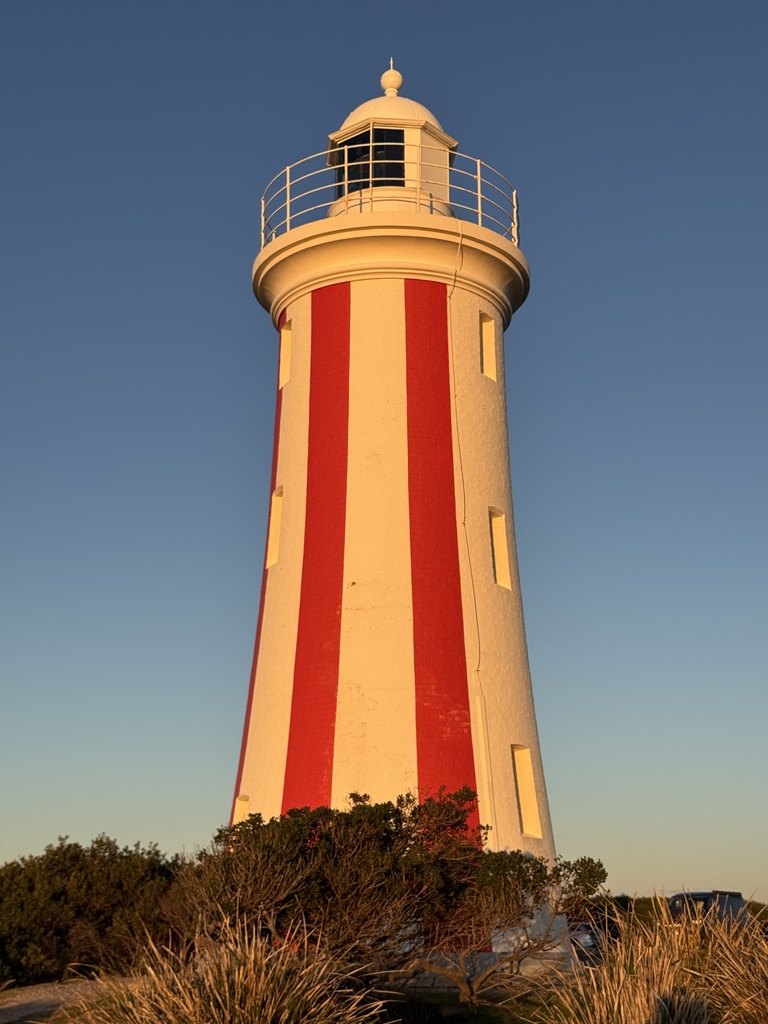
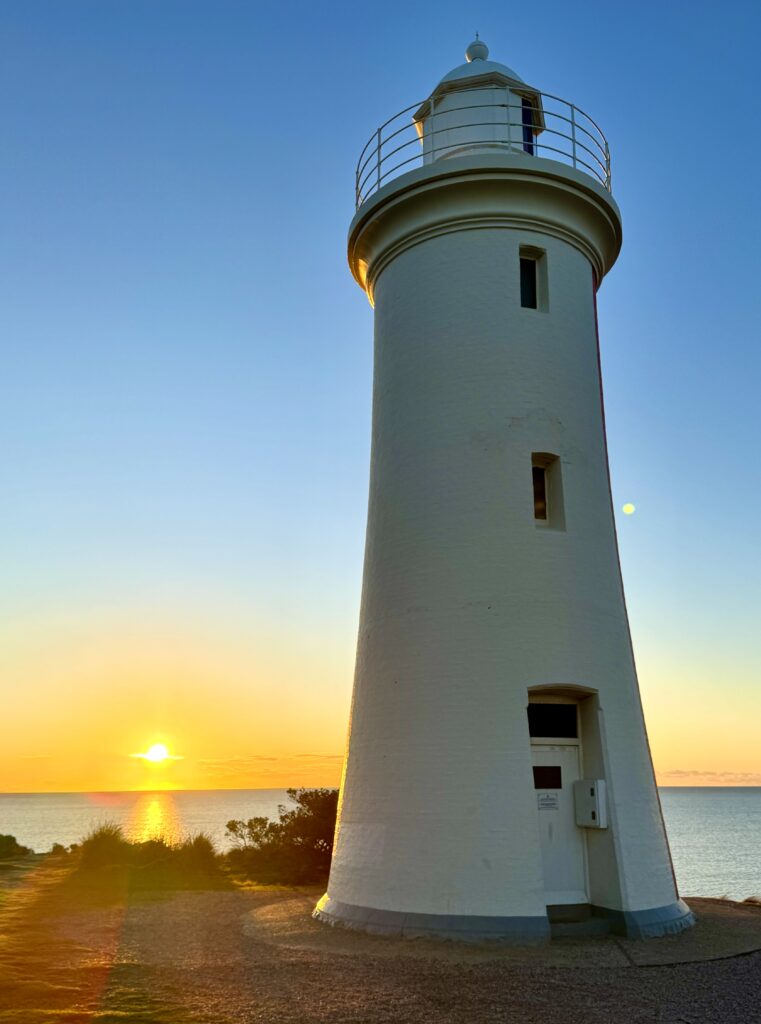
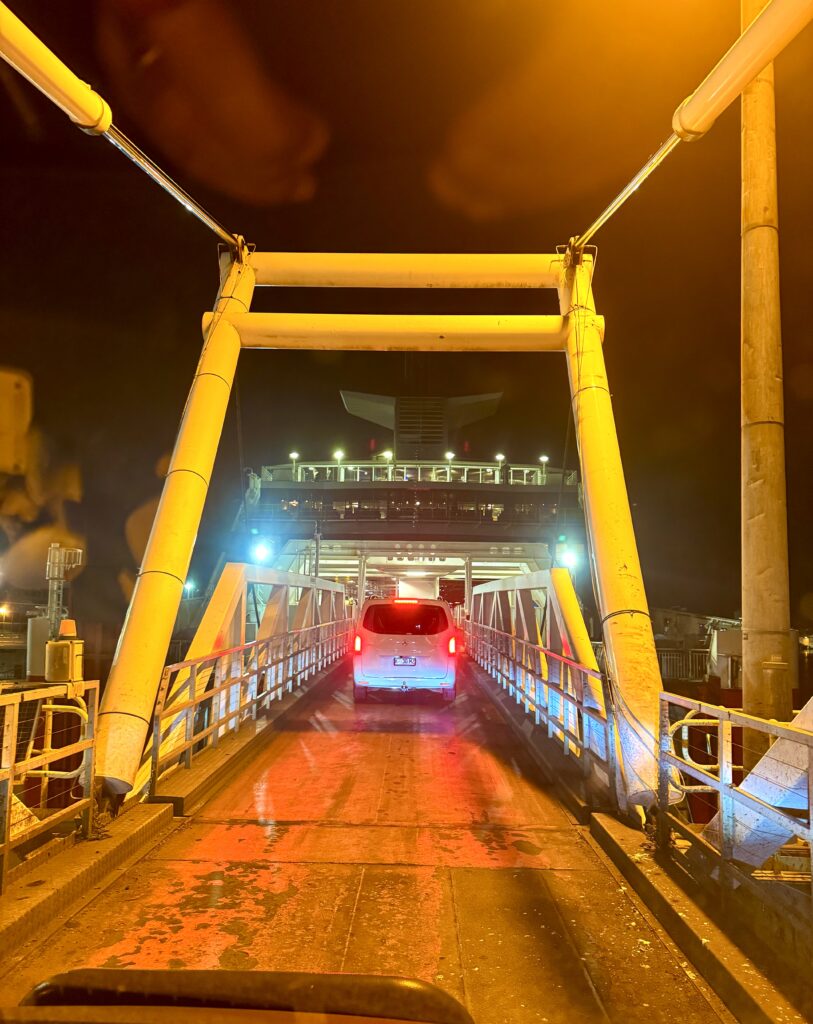
Boarding the Spirit of Tasmania.